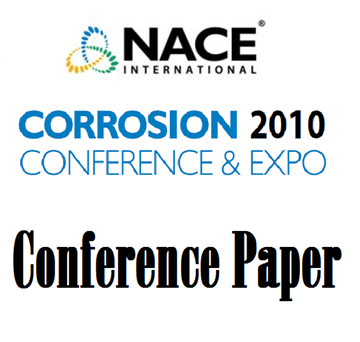Search
10363 Algorithm of the Protectiveness of Corrosion Layers: 1 - Protectiveness Mechanisms and CO2 Corrosion Prediction
Also Purchased
10365 Algorithm of the Protectiveness of Corrosion Layers: 2 - Protectiveness Mechanisms and H2S Corrosion Prediction
Product Number:
51300-10365-SG
ISBN:
10365 2010 CP
Publication Date:
2010
$20.00
05272 Why So Low Free Acetic Acid Thresholds, in Sweet Corrosion at Low PCO2?
Product Number:
51300-05272-SG
ISBN:
05272 2005 CP
$20.00
10368 A Systematic Approach Toward Selection of Cost-Effective and Corrosion Resistant Materials and Corrosion Inhibition and Protection Methods by Using Corrosion Prediction Models
Product Number:
51300-10368-SG
ISBN:
10368 2010 CP
Publication Date:
2010
$20.00




